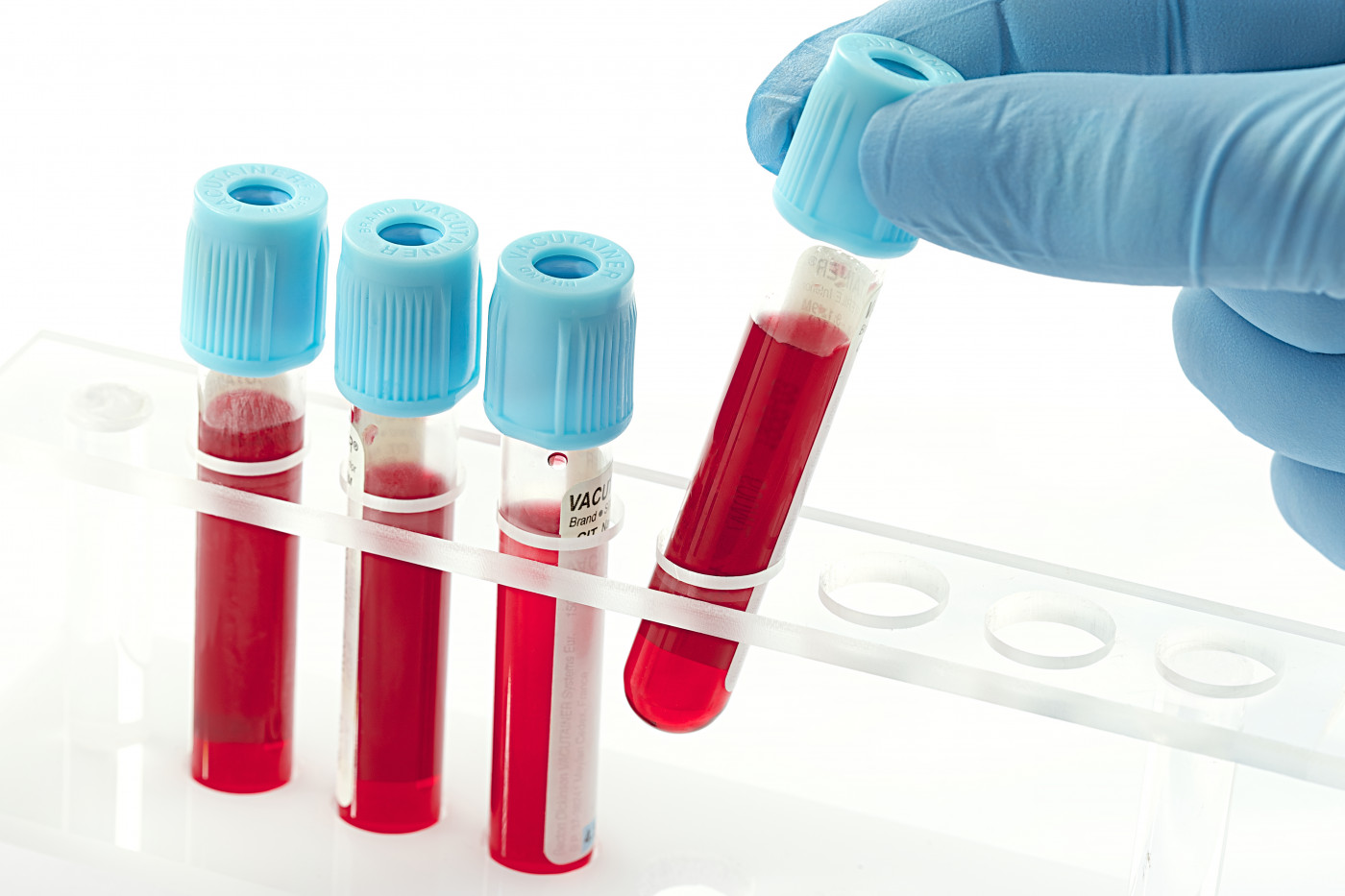Researchers Discover Two Potential Biomarkers for Primary Sjögren’s Syndrome

A new study has uncovered two potential biomarkers of primary Sjögren’s syndrome (pSS): progranulin (PGRN) and Oxford 40 ligand (OX40L). People with pSS have higher levels of these two proteins compared to healthy volunteers.
The study, “Clinical Significance of Progranulin Correlated With Serum Soluble Oxford 40 Ligand in Primary Sjögren’s Syndrome,” was published in the journal Medicine.
Inflammation within the body is mediated by small proteins called cytokines, including a class of cytokines called interleukins.
Previous studies found evidence that the levels of three interleukin proteins — IL-4, IL-6, and IL-10 — are higher than normal in people with pSS. However, those studies did not explore the significance of these elevated levels.
Recent research has implicated two additional proteins, PGRN and OX40L, in the development of inflammation, specifically in autoimmune diseases.
PGRN is a growth factor that has been shown to promote inflammation, and to be associated with diseases such as systemic lupus erythematous, scleroderma, and multiple sclerosis.
When the protein OX40L attaches to a receptor called Oxford 40 (OX40), it stimulates the production of immune system cells that cause inflammation. Research has associated high levels of OX40L and OX40 with rheumatoid arthritis, another autoimmune disease.
Researchers at The Second Hospital of Hebei Medical University in China sought to better understand the connection between these proteins and how they may be associated with pSS.
The team analyzed 68 people with pSS (mean age, 43.1 years) and 50 healthy volunteers (control group).
The levels of both PGRN and OX40L were assessed in blood samples from all participants. Results showed that PGRN and OX40L were present in significantly higher levels in pSS patients compared to controls.
Statistical analysis also showed that the level of the two proteins were positively correlated in pSS patients, meaning that if the level of one protein was high, the other was high as well.
Inflammatory cytokines IL-4, IL-6, and IL-10 also were found in higher levels in pSS patients as relative to healthy controls.
Researchers then categorized the severity of pSS in participants using two established scales — the EULAR Sjogren’s Syndrome Patient Reported Index (ESSPRI) and the EULAR Sjögren’s syndrome disease activity index (ESSDAI). In the ESSPRI scale, patients fill out a questionnaire that focuses on the severity of the symptoms. In the ESSDAI scale, physicians assess the functionality of 12 different organ systems to derive a severity score.
Researchers used these two scales to group pSS patients into stages I-IV based on severity (the higher the score, the higher the disease severity). They compared PGRN and OX40L levels according to pSS stages, and found that the levels of these proteins were higher in patients with stage III-IV pSS compared to stage I-II pSS.
The team also found higher levels of PGRN and OX40L in pSS patients with higher levels of IL-4, IL-6, and IL-10, and in patients in whom pSS affected multiple organs as opposed to a single exocrine gland injury.
“Collectively, our data suggested that the higher serum PGRN and sOX40L were significantly corrected with disease severity, suggesting that PGRN and sOX40L might play crucial roles in the pathogenesis and progression of pSS,” researchers wrote.
“The levels of serum PGRN and sOX40L were significantly higher in active pSS patients and in patients with multiple system damage,” they added.
However, the team emphasized, further research is needed to confirm the findings and determine “whether serum levels of PGRN or sOX40L are associated with disease progression” in primary Sjögren’s syndrome.






